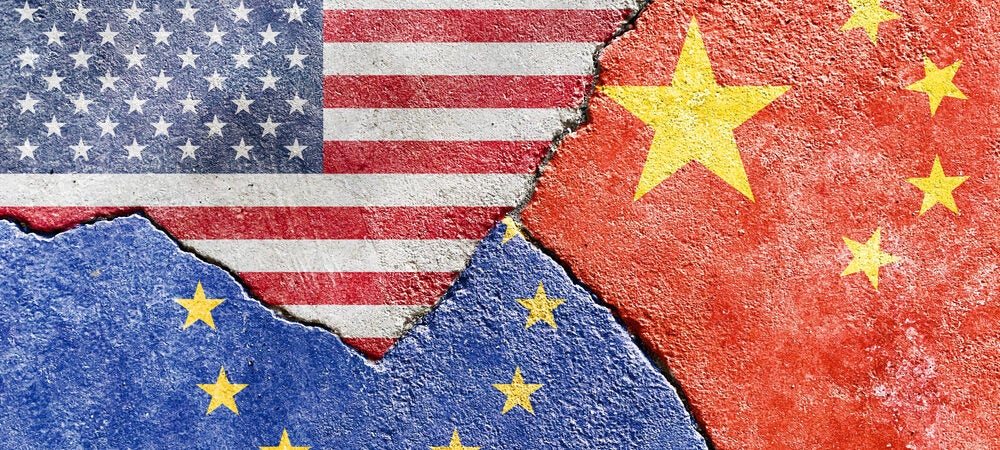Theme
The technology war between the US and China has taken a new turn as the two countries’ race to subsidise their industries gathers pace. The lack of an ambitious response and flexible business support measures from the EU could have serious consequences for European competitiveness and industrial development.
Summary
This paper analyses the economic and political causes and developments in the technology war between the US and China, which began in 2015 and continues to escalate. The Biden Administration has complemented export control measures with a drive to maximise the technological distance between the two competitors through largescale incentives in the form of subsidies and tax breaks. However, these introduce dangerous imbalances into the global playing field, with the potential to affect other actors such as the EU.
Analysis
The most important trade war in the last few years has not been the tariff war initiated by Trump. In contrast to what some might think, it has been the technology war between the US and China, which began at the end of the Obama era, gathered pace during the Trump presidency and has further escalated under the Biden Administration. The war has two aspects: first, to stop China catching up with US technological supremacy (with all the associated economic and military implications) by blocking technology transfer; and, secondly, to maximise the technological distance between the US and China, subsidising national production. This latter aspect has major consequences for the EU, with the potential to create a dangerous lag in technology.
the-us-china-technology-war-and-its-effects-on-europe-enrique-feas-elcano-royal-instituteEnrique Feás is a Senior Analyst at the Elcano Royal Institute.
To read the full analysis, please click here.

